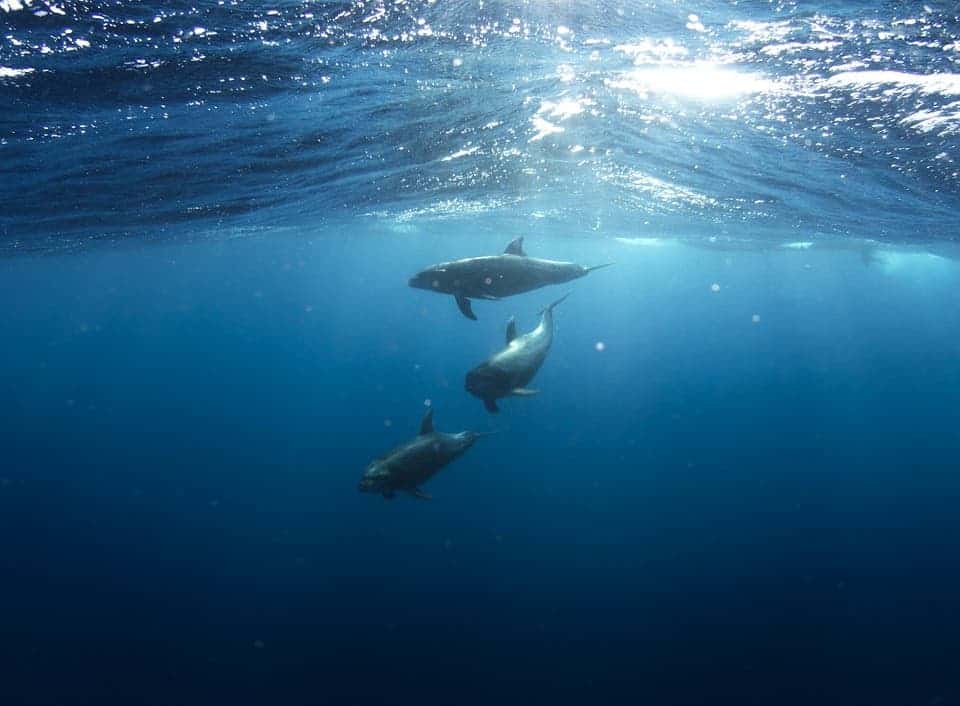
Oceans cover over 70% of our planet, but despite their sheer vastness, few marine areas around the globe have been spared by human activity. According to a recent study, only a tiny fraction of the world’s oceans have naturally numerous populations of marine wildlife. What’s more, this little marine wilderness we have left could be lost at any time if we continue to fish deeper and farther.
Aside from the poles and remote Pacific, almost all of the world’s oceans have come under the influence of human activity, whether it’s fishing, global shipping, or pollution.
According to Kendall Jones, at the University of Queensland, Australia, and the Wildlife Conservation Society, just 13% of the world’s oceans have remained untouched by the damaging reach of human activity.
These remaining patches of oceanic wilderness sit in stark contrast to overfished and polluted waters found elsewhere around the world, such as around coastlines. According to Scientific American, commercial fishing now covers an area four times the area used for agriculture, and much of it is unsustainable, causing the depletion of 90 percent of important species.
“They act as time machines,” Jones told The Guardian. “They are home to unparalleled levels of marine biodiversity and some of the last places on Earth you find large populations of apex predators like sharks.”
Only 5% of the remaining ocean wilderness lies within existing marine protected areas, Jones and colleagues reported in the journal Current Biology. One of the reasons why is that unaffected areas are far away from human activity, but also away from the jurisdiction of governments — in the high seas. Covering nearly half of the planet, the high seas are international waters where no country has jurisdiction.
On the bright side, a high seas conservation treaty is on the horizon, with negotiations hosted by the UN starting in September.
The researchers also draw attention to the $4bn a year that governments spend on subsidies for fishing in the high seas, which should be cut in order to protect marine wildlife. Vessels from ten rich nations, including Japan, Korea, and Spain, take 71% of the catch from the high seas — but many of these operations would be actually unprofitable if there were no more public subsidies that offset the cost of traveling so far from their home parts.
If this little marine wilderness we have left isn’t protected, the world risks losing it very soon, just like waters elsewhere have become overrun by human impact. As technology continues to improve, but also while climate change makes previously isolated areas more accessible, it won’t be long before much of the marine wilderness is gone. For instance, in 2014, Russian company Gazprom brought home the first barrels of oil from the Arctic, from areas which were once protected by ice cover. Again, Russia, this time in partnership with France’s Total and China’s CNPC, wants to start drilling the Arctic in 2019 for natural gas. The $27 billion plant is expected to extract 16.5 million tonnes of natural gas per year.
Besides overfishing, there are many other problems that threaten wildlife, such as pollution with farming fertilizers, industrial chemicals, and plastic.
“Plastic pollution is one of the big things that we want to work out a way to get data on,” Jones told the BBC.
“It’s so widespread and so hard to manage that we really want to get a good idea of where it is and where is most affected.”
Hopefully, this study will get the much-needed attention it deserves, and thus inspire policymakers to take haste in adopting international agreements meant to protect marine wilderness.






